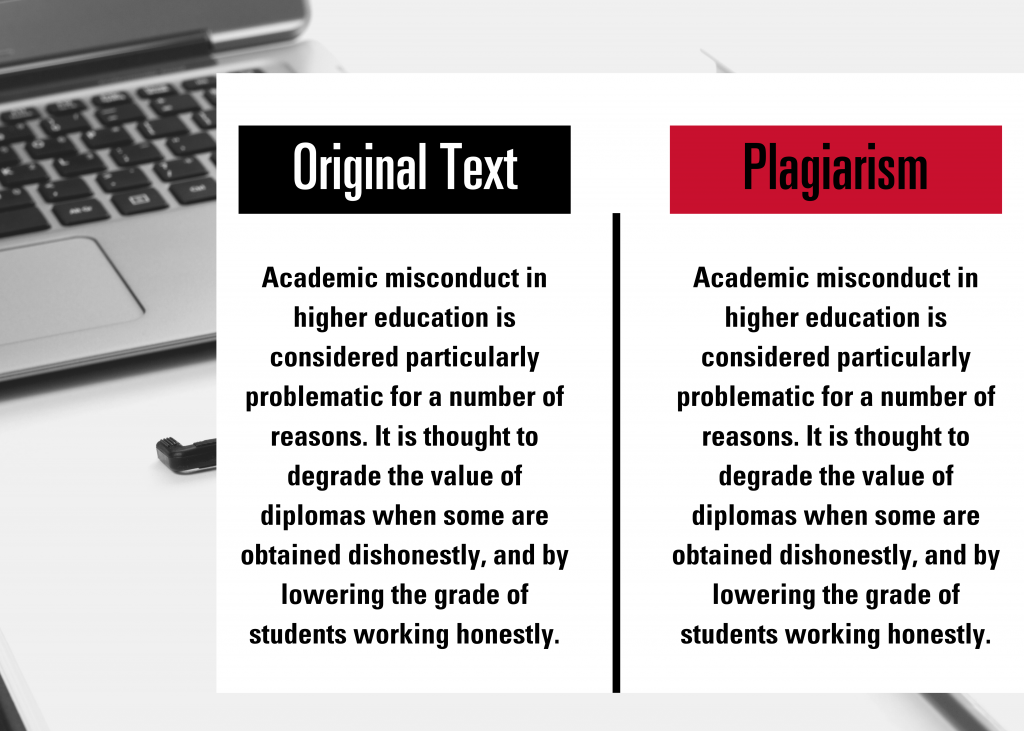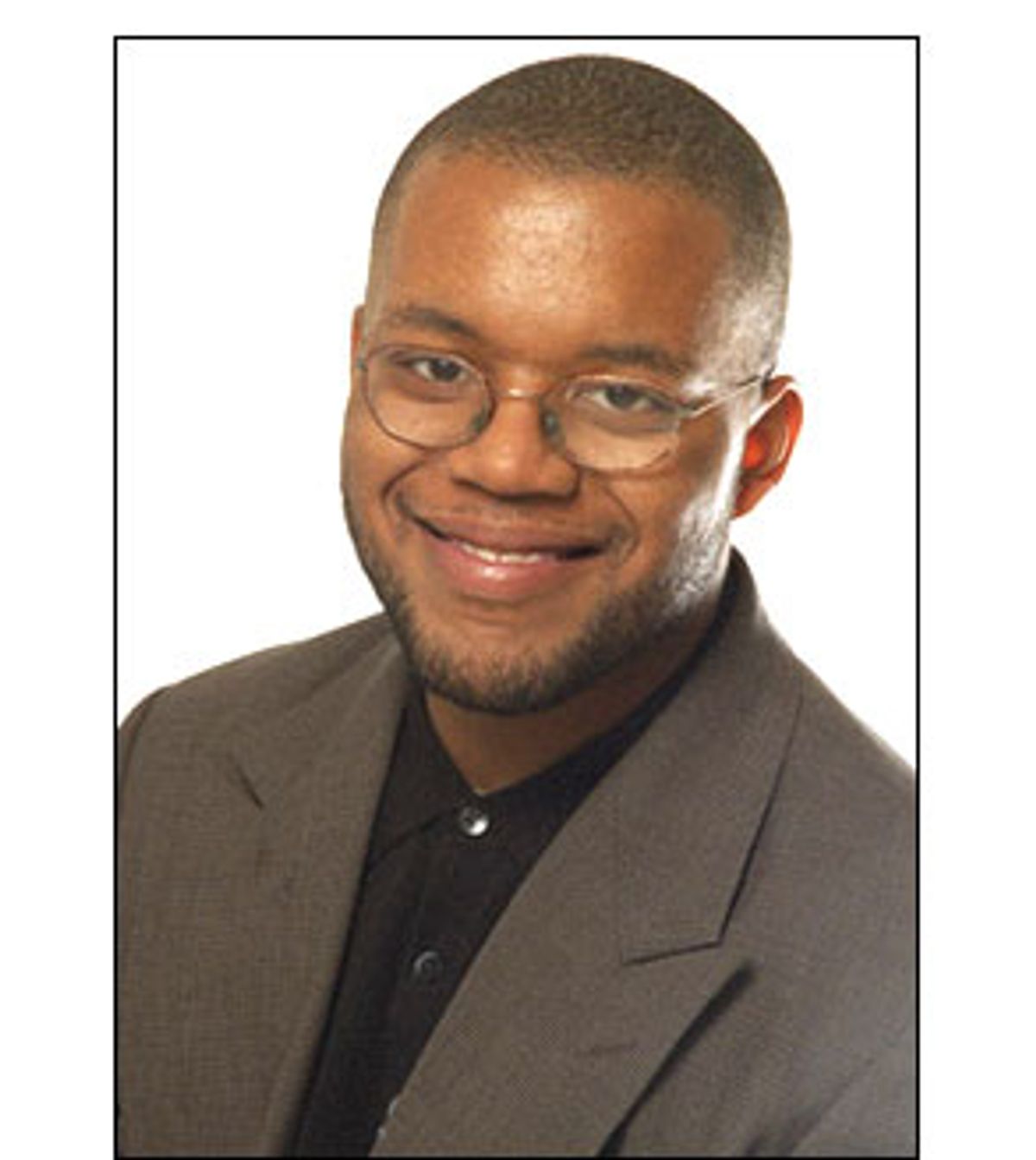Plagiarism is the practice of acknowledging and taking someone else's work or ideas and giving them off as one's own work or ideas. Plagiarism can also include re-using your own work without proper citation. Fabrication is the action or process of manufacturing or creating a work that is not factually proven. Under the regulations, intentional or reckless plagiarism and fabrication is a disciplinary offence.
The necessity of acknowledging someone's work or idea applies not only to text but also to other media such as illustrations, images, graphs, music, computer codes and more when plagiarizing. It applies equally to unpublished text and data whether it is from lectures, universities public learning or other students' essays. Forgery, alteration, or unauthorized use of University documents, records, ID cards and misuses of computer facilities and mailing systems can also be charged as a violation relating it to plagiarism.
The newly used AI (artificial intelligence) can only be used within assessments where specific authorisation has been given, or when it is being used for reasonable adjustments for student's disability needs. This requires things such as voice recognition software, or spelling and grammar checks.
- Verbatim which is word for word quotations that do not show clear acknowledgement of the works cited page.
- Cutting and pasting is direct information derived from the internet that does not support clear acknowledgment of the published source.
- Paraphrasing is the form of altering a few words or changing the order of the written source. It also includes closely shadowing their work and not given proof of where the work was cited.
- Auto-plagiarism is the action of submitting your own previous written work without citation.
Minimum consequences that occur after accused intentions of plagiarism or fabrication result in immediate suspension, loss of housing, probation, or expulsion.
An interesting story example of Fabrication is the Jayson Blair story. Blair was an American New York Times journalist. He resigned from the New York Times newspaper in May of 2003 after the discover of fabrication and plagiarism in his stories. The story sparked the internet tremendously and afterwhile they produced a movie/biography on him called: A Fragile Trust: Plagiarism, Power, and Jayson Blair at the New York Times. Fabricated stories have surfaced throughout history rather its printed newspaper articles or TikTok videos, and this is what they also call "fake news."
Afterall, Plagiarism and fabrication can be prevented. The best way to avoid plagiarism and fabrication is to learn and employ the principles of good academic conduct. Avoiding this is not simply a matter of making sure your references are all correct, or changing enough words in the work so the examiner will not notice; it is about deploying your academic skills to make sure your work is clean and your own.



Comments
Post a Comment